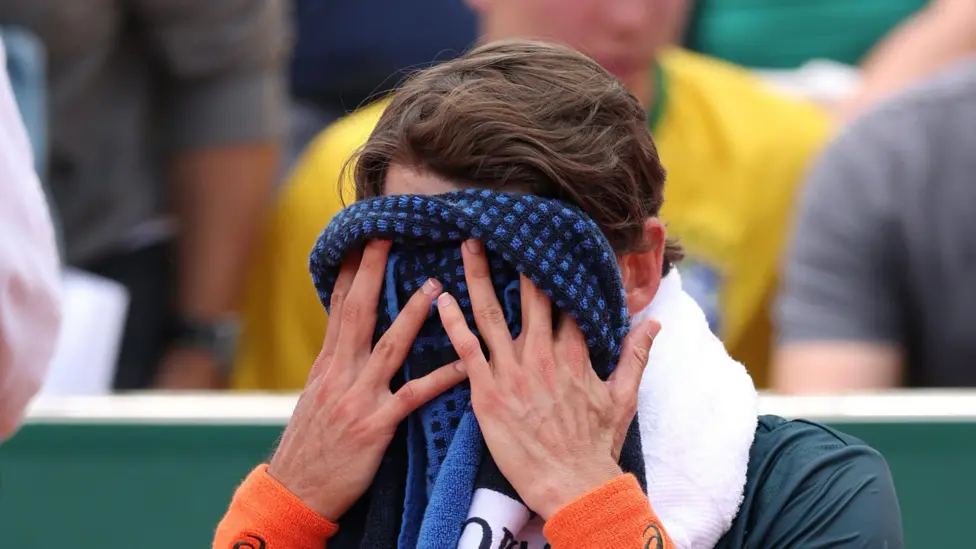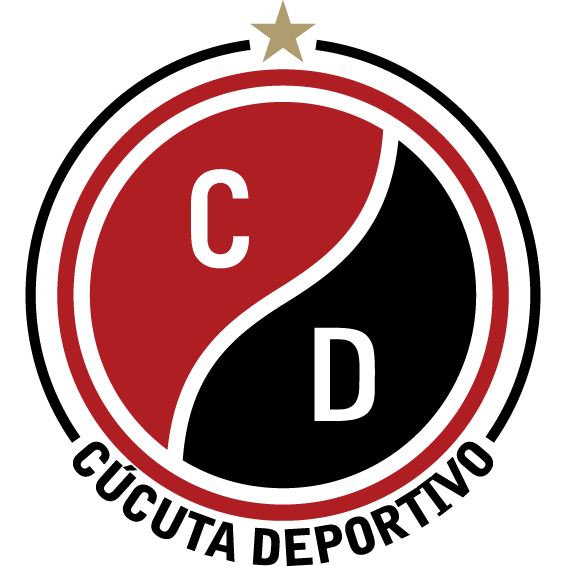
Burnout Fears Grow as Top Tennis Players Struggle with Gruelling Schedule
Players Voice Concerns Over Tennis Calendar as Demands Push Physical and Mental Limits
The tennis calendar might be bursting with prestige and opportunity, but it’s also becoming a pressure cooker for the sport’s elite. With world-class athletes like Alex de Minaur, Iga Swiatek, and Casper Ruud speaking candidly about the toll it takes on both body and mind, the conversation around burnout fears over the tennis schedule has gone from a murmur to a full-blown chorus.
And the message is clear: something needs to change — and soon.
De Minaur the Latest to Sound the Alarm
Players voice burnout fears over tennis schedule
Australia’s Alex de Minaur, ranked ninth in the world, is the latest to add his voice to the growing number of players publicly expressing concern. After crashing out of the French Open in the second round, despite going two sets up on Kazakhstan’s Alexander Bublik, the 26-year-old admitted the defeat wasn’t just about tactics or technique. It was about exhaustion.
“I’m feeling burned out,” De Minaur admitted bluntly. “There’s just too much tennis. Players’ careers are going to get shorter because they’re going to burn out mentally.”
His post-match remarks echoed a broader sentiment sweeping through the locker rooms and players’ lounges of the ATP and WTA tours. And with his 2024 season already jam-packed with over 20 events — and counting — it’s easy to see why.
A Never-Ending Season?
The modern tennis calendar is relentless. It stretches across 11 months, with the pre-season beginning in December and competitive action kicking off again before the New Year even begins. From the Australian Open in January to the season-ending Tour Finals in November — and let’s not forget national team events like the Davis Cup and Billie Jean King Cup — there’s barely a breather in sight.
“Once you start, you don’t finish until late November,” said De Minaur. “It’s just never-ending.”
And he’s not exaggerating. Last year, world No. 1 Jannik Sinner played 79 matches across 17 tournaments. Aryna Sabalenka, who finished the year atop the women’s rankings, competed in 70 matches over the same number of events. Casper Ruud, known for his durability, entered a staggering 25 tournaments — the second most among the ATP’s year-end top 10.
Mental Toll Mounts on Players
It’s not just the physical demands that are raising red flags — the mental grind is just as punishing. British player Jack Draper was among the first to publicly discuss the psychological impact of the tour late last year, calling the schedule “mentally exhausting.”
Iga Swiatek, a five-time major champion and one of the most consistent performers on the WTA Tour, didn’t mince her words either.
“It’s pretty exhausting,” she said earlier this year.
Even Naomi Osaka, who has spoken openly about mental health in the past, weighed in — albeit from a slightly different angle. “I can rarely count the number of times I’ve felt perfect on court,” she said. “But I do know I’m the type of person that if I’m injured, I can almost play better. Not physically better, but mentally — I’ll know I have to give all my energy into every point.”
Injuries and mental fatigue are part of the game — that much has always been true. But with more players admitting they’re playing through pain and exhaustion just to stay afloat in the rankings, the system itself is being called into question.
Are the Rankings Driving a ‘Rat Race’?
Casper Ruud didn’t hold back when asked about the ranking system, calling it a “rat race.” His comments struck a chord with many who feel forced to play even when injured, knowing that skipping events could mean lost points, prize money, and future opportunities.
“You feel like you lose a lot if you don’t show up and play,” Ruud explained. “Both economically, points-wise, rankings-wise and opportunity-wise. If my leg is broken, I won’t play. But it’s tough.”
De Minaur agrees, pointing out that players who miss mandatory events due to injury are often left with zeros on their ranking scorecards.
“My ranking now consists of three zeros because I was injured and I couldn’t play — which is ridiculous if you ask me,” he said, referencing missed Masters events in Cincinnati, Montreal, and Shanghai.
Governing Bodies Respond — But Is It Enough?
In response to the increasing criticism, the ATP Tour has acknowledged the issue. A spokesperson said the organisation “does not take these concerns lightly” and confirmed that “calendar reform” is a key priority moving forward.
“We’re focused on strengthening the sport by building a more premium product — one that creates more prize money and more opportunities for players,” the ATP said in a statement. “Creating a longer off-season for the players is a key objective, and we’re actively exploring ways to make that a reality.”
The WTA echoed a similar sentiment, adding that “the health and wellbeing of players is always our priority.”
Still, some feel these responses fall short of addressing the root problem. While the WTA says that its structure — which asks top players to compete in at least 20 events — is in line with long-term averages, critics argue that averages don’t account for the increased intensity and global travel involved in today’s game.
Is Change Coming?
Both tours have introduced programmes to soften the blow for injured players. The ATP’s “Baseline” initiative, for example, aims to support lower-ranked athletes financially and reduce the pressure to overcompete. But these measures don’t fully solve the broader issue of workload, especially for those at the very top.
Yes, players technically have the freedom to choose their schedules. But with ranking points and endorsements on the line — not to mention the relentless fan and media attention — skipping big events often feels like a non-option.
Striking the right balance between performance, recovery, and opportunity is proving to be one of the most difficult challenges modern tennis faces.
A Pivotal Moment for Tennis
As the season grinds on and players continue to speak out, tennis finds itself at a crossroads. The drive for commercial growth and star power must now be weighed against the wellbeing of the very people who make the sport so captivating.
When stars like De Minaur, Swiatek, and Ruud openly question the system, it’s a sign that the current model might not be sustainable in the long run. Whether the tours take meaningful steps to reform the calendar and protect players from burnout remains to be seen.
But one thing is certain: this conversation is only just beginning.






























There are no comments yet. Be the first to comment!